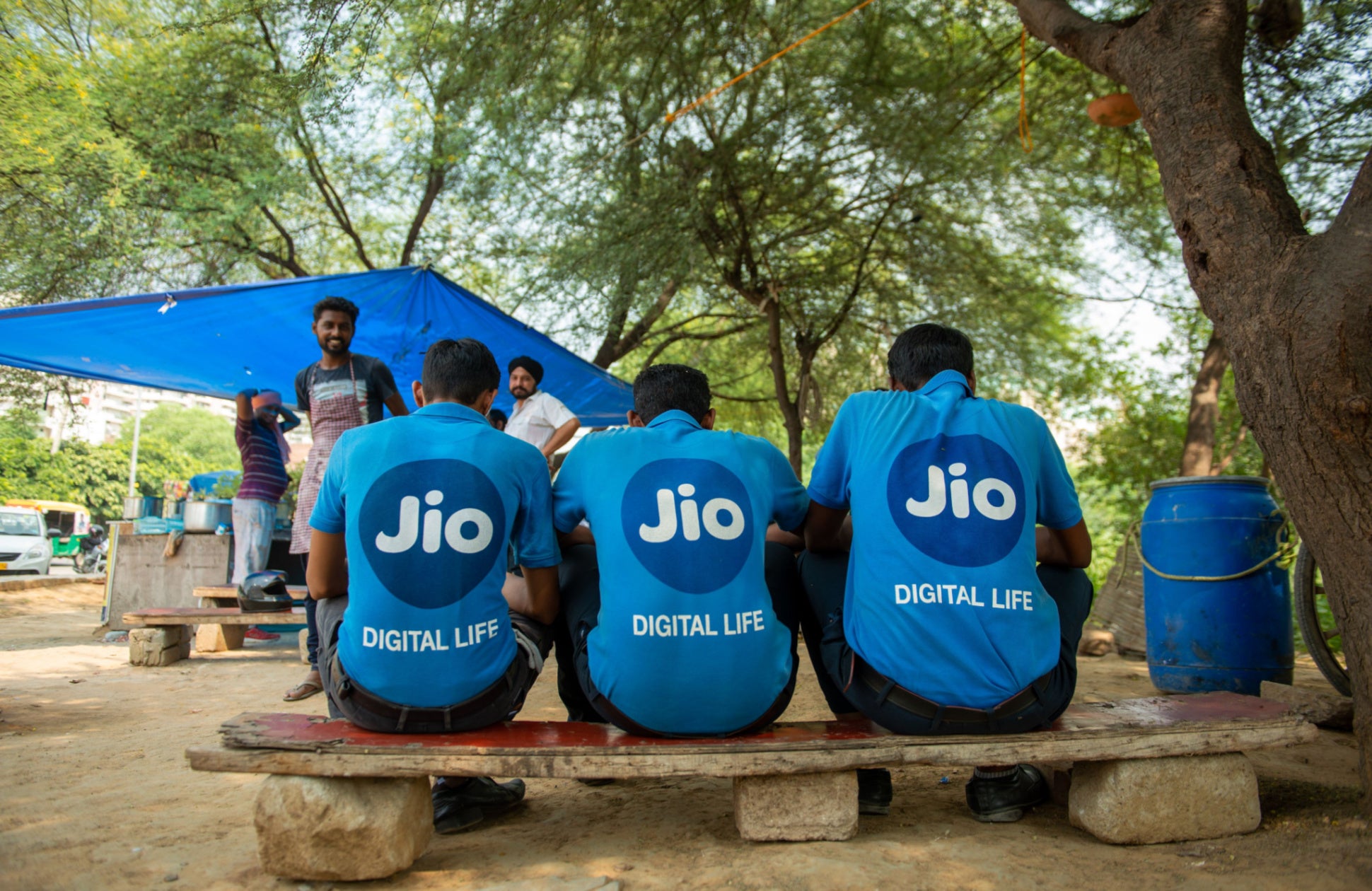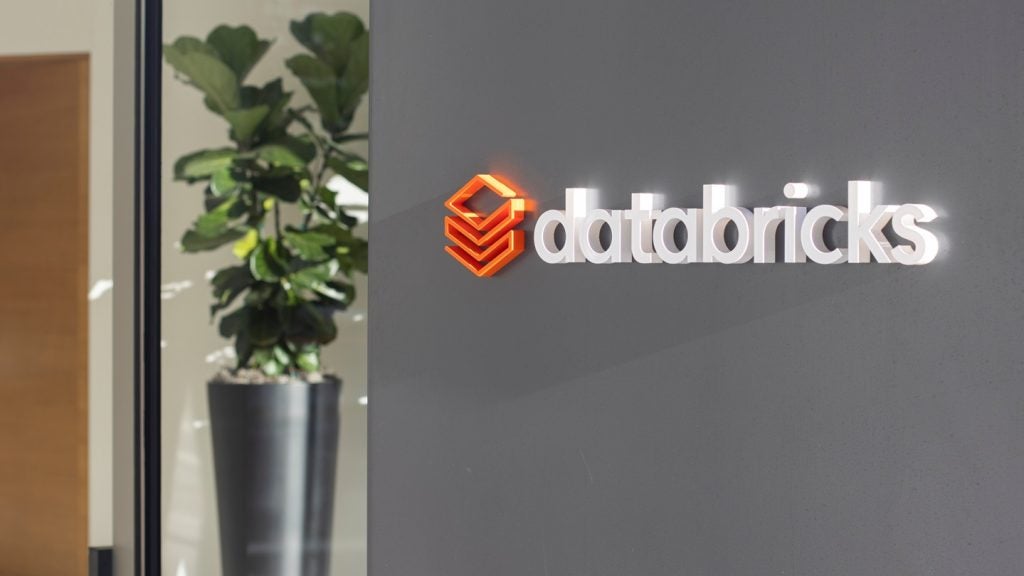Reliance Jio will be the first major telecom company in India to develop a 5G standalone (SA) network. On October 17, 2022, Nokia and Ericsson announced they were providing 5G Radio Access Network (RAN) equipment for Jio’s 5G SA rollout.
Jio has two main competitors, Bharti Airtel and Vodafone Idea. Bharti Airtel is developing a non-standalone 5G network while Vodafone Idea is yet to update consumers on what their 5G network will look like. Jio is the only company to set out its plans for administering 5G SA, meaning they could be the first to benefit from extra use cases that are highly innovative, like advanced network slicing and ultra-low latency connection. Jio is developing its own 5G network infrastructure. In having autonomy over infrastructure, Jio will have a strategic advantage over its competitors.
Expanded capabilities with 5G SA
What makes 5G ‘standalone’ is that it requires its own infrastructure. It is not overlayed on top of existing 4G networks. By not using 4G infrastructure, 5G SA is unconstrained by the limitations of 4G. 5G SA is crucial to the development of emerging technologies like connected cars and augmented reality (AR) applications. This is because previous generations and non-standalone 5G cannot provide the latency or speed that is required for these applications. In the short term, Bharti Airtel will lose out to Jio if 5G SA and its benefits are highlighted successfully in their marketing strategy. In the long term, Jio’s competitors will be far behind and, as 5G SA uses cases develop, Jio will have the infrastructure in place to benefit. As 5G innovation continues, the 5G core will be increasingly needed to support new capabilities. The 5G core would not be developed in a non-standalone model.
5G in India did not take off quickly due to concerns surrounding the prices set to purchase spectrum by the Telecom Regulatory Authority of India. They were seen as being too expensive in an area where the future and use cases are not yet clear. GlobalData forecasts that India’s 5G penetration rate will be 17% in 2025, while Asia-Pacific as a whole, will have a rate of 46% by 2025.
Jio’s remarkable growth
Jio has been relentless since its entrance into the Indian telecom industry seven years ago. High start-up costs associated with the telecom industry were not an issue for Jio, as it is a subsidiary of Reliance Industries, owned by one of the richest men in India, Mukesh Ambani. Investors in Jio include Meta and the sovereign wealth fund of Saudi Arabia.
In this short amount of time, Jio has grown to have the most mobile wireless subscriptions in India. Jio’s strategy involved providing data at a very low cost and having India-wide coverage. This was the catalyst for many network operators leaving India, as they could not compete with the low prices Jio offers. India’s 5G spectrum auction concluded on August 1, 2022, with Jio spending $11 billion on airwaves, eclipsing its nearest competitors’ total spend, Bharti Airtel, by over $5 billion. This indicates that Jio is doubling down on the potential use cases that 5G SA offers. In purchasing the most airwaves, Jio has displayed its dominance in the industry and willingness to drive technological innovation.

US Tariffs are shifting - will you react or anticipate?
Don’t let policy changes catch you off guard. Stay proactive with real-time data and expert analysis.
By GlobalDataHowever, fiber infrastructure is required for the high speeds promised by some 5G networks. A large portion of India’s infrastructure will need to be upgraded and this will not happen overnight, meaning coverage could be inconsistent across India, contrary to what Jio is promising. The Indian government intervenes in the domestic telecom industry heavily, through a wide range of taxes that makes the capital-intensive industry harder to invest in, like the 18% Goods and Services Tax. The lack of definitive, profitable use cases for 5G SA, in a difficult regulatory environment, makes Jio’s sizable investment one that is not without risks.
Jio’s progressive and aggressive strategy towards the telecom industry has paid off and will continue to do so as use cases for 5G SA are established and become widespread. Jio has a head start on all its major competitors in this sector.







